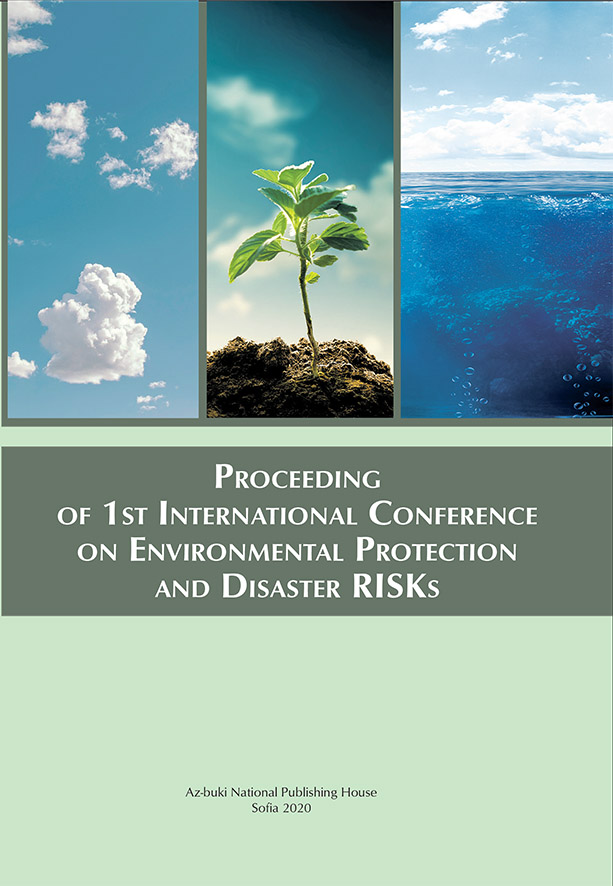Endemic Forests in Danger: Land Use Shifts and Accompanying Impacts upon the Natural Flood Storage Reservoirs along the North Bulgarian Black Sea Coast
Endemic Forests in Danger: Land Use Shifts and Accompanying Impacts upon the Natural Flood Storage Reservoirs along the North Bulgarian Black Sea Coast
Author(s): Iliyan Kotsev, Bogdan Prodanov
Subject(s): Economy, National Economy, Supranational / Global Economy, Business Economy / Management, Energy and Environmental Studies
Published by: Национално издателство за образование и наука „Аз-буки“
Keywords: longoz forests; natural flood retention; Batova river; Kamchia River; landscape transformation; change detection
Summary/Abstract: Longozes represent endemic forests native to the East Balkans. Key factors for their existence are the humid subtropical climate with mild winters and the river inundations occurring twice-yearly. These hygrophilous forests play an essential regulatory role in the runoff peaks by ensuring a crucial ecosystem service as flood storage reservoirs. Nowadays, because of highly decreased and fragmented areals, longozes are red-listed as critically endangered. Hence, they are subject to preservation in compliance with the EU Habitats Directive and Annex 1 of Bulgaria’s Biodiversity Act. Aim and objectives of the study herein are: to investigate the spatio-temporal changes in the longoz forests’ areals along the North Bulgarian coast; to analyze the consequences of the anthropogenic impacts upon the river runoff; to provide a generalized assessment of the longozes’ contemporary flood retention capabilities. Topographic maps from the late 19th century were integrated in GIS to reconstruct the longozes’ historical extents by on-screen digitizing of the areas of interest. Analogous procedures were applied to such from the mid-1970s, a time frame correlating with the Socialist extensive development of Bulgaria’s coast. The areas’ historical land cover as in the late 1980s was further refined using Landsat imagery. These historic data sets were chronologically compared to the longozes’ contemporary extents, available as up-to-date cadastral data. The comparisons were executed using GIS crosstabulation techniques. The analyses demonstrate the ubiquitous decrease of the longozes due to overexploitation of the wood resources, land use shifts, resort construction, decreased river runoff, etc. These findings imply for a deteriorated environmental status, impaired flood storage capacity and the inability of the woods to act as a regulator of the peak ourflows nowadays, well correlating with the recent extreme coastal floods with fluvial origin.
- Page Range: 544-553
- Page Count: 10
- Publication Year: 2020
- Language: English
- Content File-PDF

